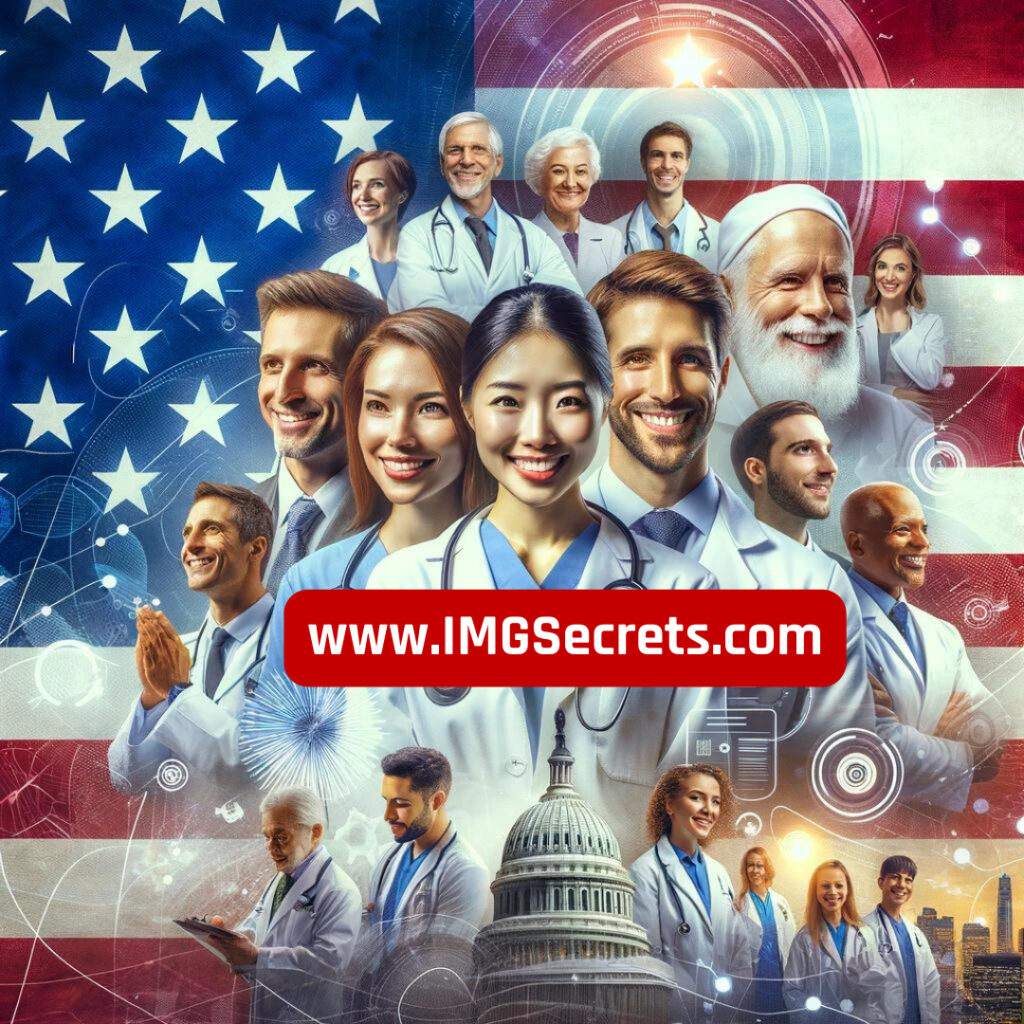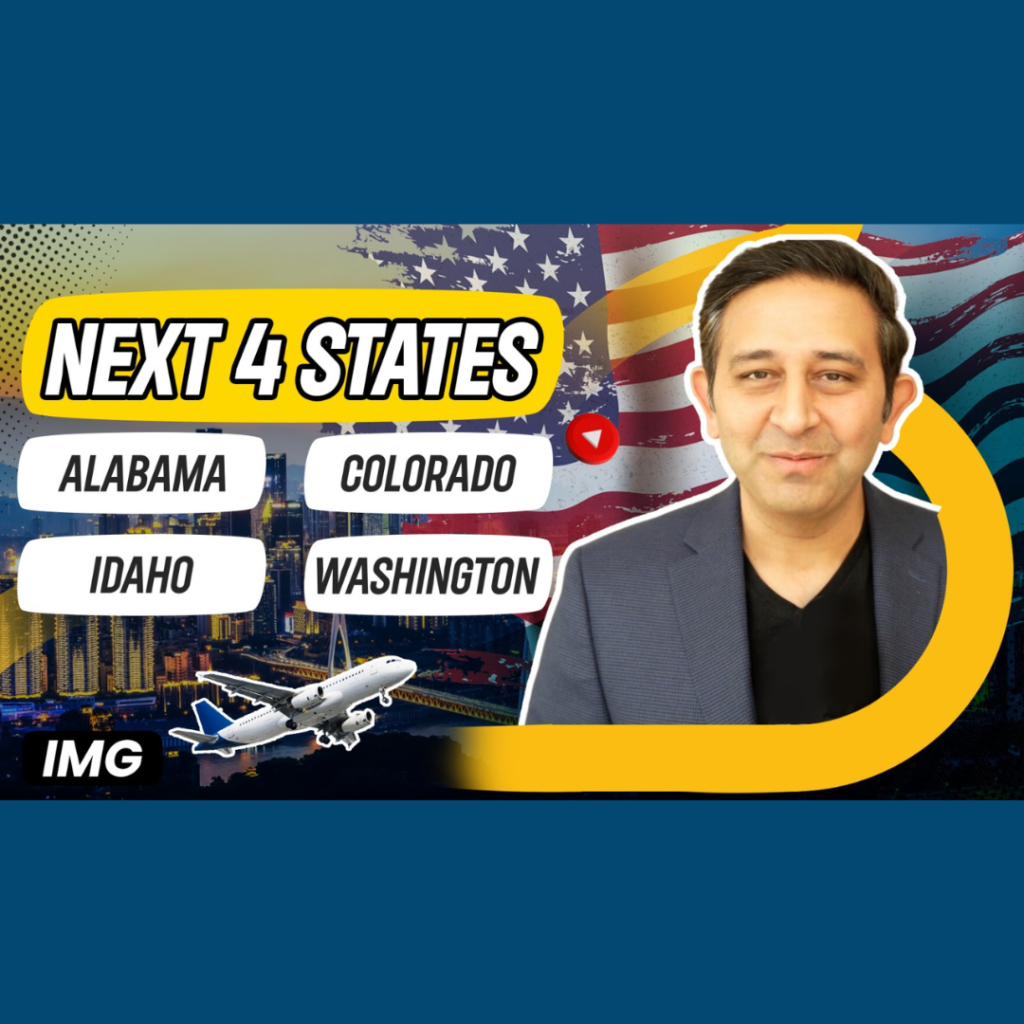How to Become a Doctor in Singapore: A Guide from a Local Expert
Did you know that Singapore ranks in the top 10 healthcare systems worldwide? And we’re not talking just good — we’re talking high standards, easy access, and cutting-edge facilities. It’s the kind of system you want to be part of if you’re a doctor. But if you’re trained outside of Singapore and you’re dreaming of practicing in this impressive healthcare hub, the process might seem a bit like navigating a maze. It’s all doable, though! Let’s break down the whole thing, step by step, with tips straight from a local expert, Dr. Yam. Understanding Singapore’s Medical Registration: More Than Just Paperwork So, here’s the thing: before you can put on that white coat in Singapore, there’s one gatekeeper you’ll need to know—Singapore Medical Council (SMC). These folks oversee every doctor practicing in Singapore. They handle your medical registration and basically decide if you’re fit to work here. Registration might sound like a bunch of paperwork, but it’s much more than that. Think of it as your official pass to practice medicine in Singapore. Conditional vs. Full Registration: What You Need to Know The SMC offers two types of registration, and each one has its own set of perks: Conditional Registration: This is your starting point if you’re a foreign-trained doctor. You’re allowed to practice but under supervision. Kind of like having a learner’s permit when you’re driving—you’re in, but not totally on your own yet. Full Registration: Now, this is the dream. With full registration, you’re officially in the driver’s seat and can practice independently. To get conditional registration, you need a medical degree recognized by the SMC. Here’s where things get a bit tricky: the SMC only recognizes degrees from specific universities. You’ll find this “approved list” under the Second Schedule of the Medical Registration Act. So, if you’re a graduate from one of these approved schools, nice—you’re on the right track. If not, don’t worry, you still have options! Temporary Registration for Short-Term Opportunities Okay, let’s say you’re looking for a shorter gig, maybe a fellowship or some specialized training. You could qualify for temporary registration. It’s basically a short-term pass that lets you work in Singapore for one or two years. This route won’t lead to a long-term career, but if you’re looking to level up your skills or gain experience, it’s a great option. Temporary registration is common for short stints, but heads-up—it doesn’t mean you can stay and work forever. Getting Your Degree Recognized in Singapore: A Make-or-Break Step Ready for step two? Your degree has to make the cut. No ifs, ands, or buts about it. Having a recognized degree is absolutely essential if you want that all-important conditional registration. But what if your medical school isn’t on the approved list? Primary Degree Recognition: The Basics If your degree is on the SMC-approved list, congrats! You’re already ahead. The approved list includes degrees from several countries, like the US, UK, Canada, and Australia. Graduates from these schools are already on track for registration. But if your school didn’t make the list, don’t give up yet. Alternate Routes for Non-Recognized Degrees So, here’s where it gets interesting. If your primary degree doesn’t make the cut, you still have a shot. Some postgraduate qualifications can help you qualify for conditional registration. For instance, if you’re certified by the US Medical Boards in a specialty like anesthesiology, you might be in luck. This secondary route is worth checking out if you’re serious about working in Singapore, even if your degree didn’t tick the right box. Book an Appointment Finding a Medical Job in Singapore: Where to Begin All set with your registration? Great, now you need a job. In Singapore, you can’t just waltz into a hospital and start working. You’ll need to secure a position in one of the SMC-approved hospitals or health clusters to get started. Let’s break it down. Steps to Secure a Position in Singapore Apply for Registration and Jobs Simultaneously: Here’s a pro tip: start applying for both registration and jobs at the same time. You’ll need both to get the ball rolling, so there’s no point in waiting for one before starting the other. Look Into Approved Hospitals and Clusters: Most foreign-trained doctors end up working within one of Singapore’s big healthcare clusters, like the National Health Group or SingHealth. These clusters have a range of hospitals, so start your search here. It’s a bit of a balancing act—you need registration to work, but you also need a job offer to complete the registration process. Just make sure you’re working on both fronts so you’re ready to go when an opportunity pops up. Pathways to Residency in Singapore for International Medical Graduates (IMGs) Residency can be a big step if you’re an international medical graduate. Want to go deeper into a specialty? Here’s how Singapore’s residency programs can help you do that. Singapore’s Three Main Residency Programs Singapore’s residency programs fall under three healthcare clusters: National Health Group, National University Health System, and SingHealth. Each one has its own strengths, so look for the one that aligns with your specialty or career goals. How to Qualify for Residency in Singapore To get into residency, you need two things: conditional registration and experience working as a junior doctor in Singapore. With these under your belt, here’s what you can do: Reach Out to Residency Program Directors: They’re a great resource for program-specific details and can help you with tips on applying. Gain Experience as a Junior Doctor: This experience is often required, and it shows directors that you’ve already got hands-on experience working in Singapore. Residency spots are competitive, so make sure you’re well-prepared. The more experience you have as a junior doctor, the better your chances. Working as a Specialist in Singapore: It’s Possible, But Not Easy If you’re already specialized and hoping to continue in your field, there’s good news—you might just have a way in. But don’t expect it to be a walk in the park. Eligibility Criteria








